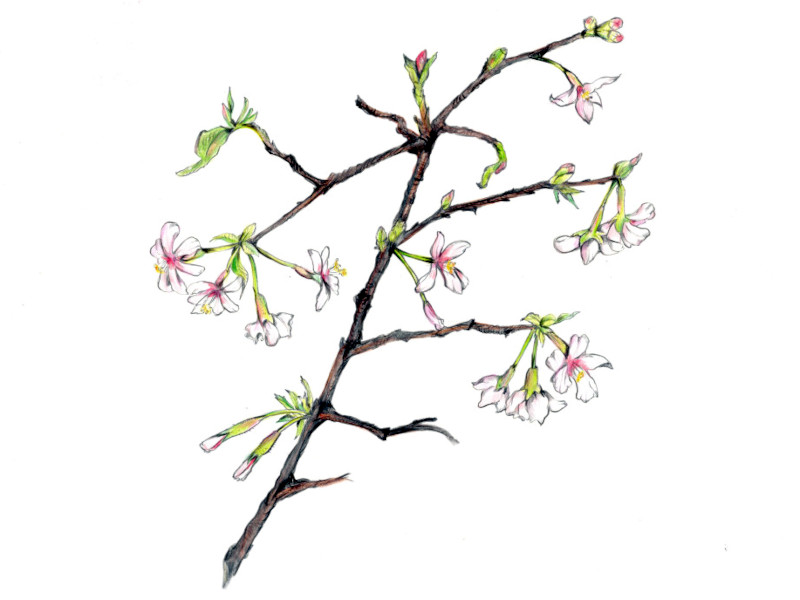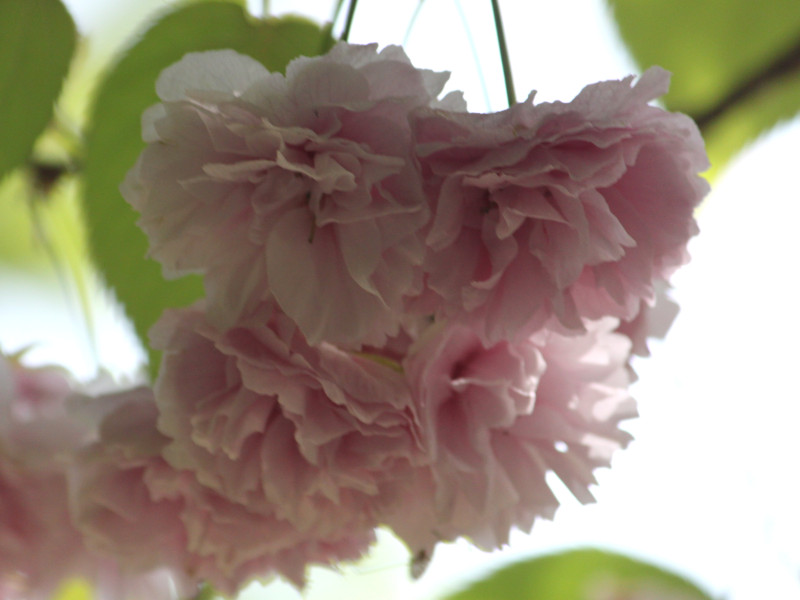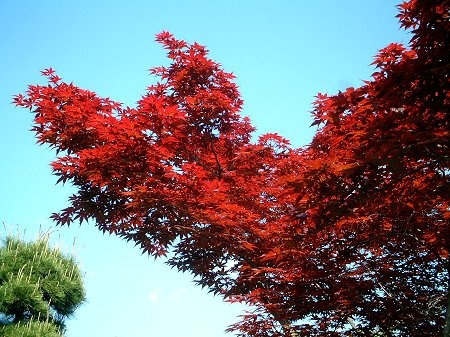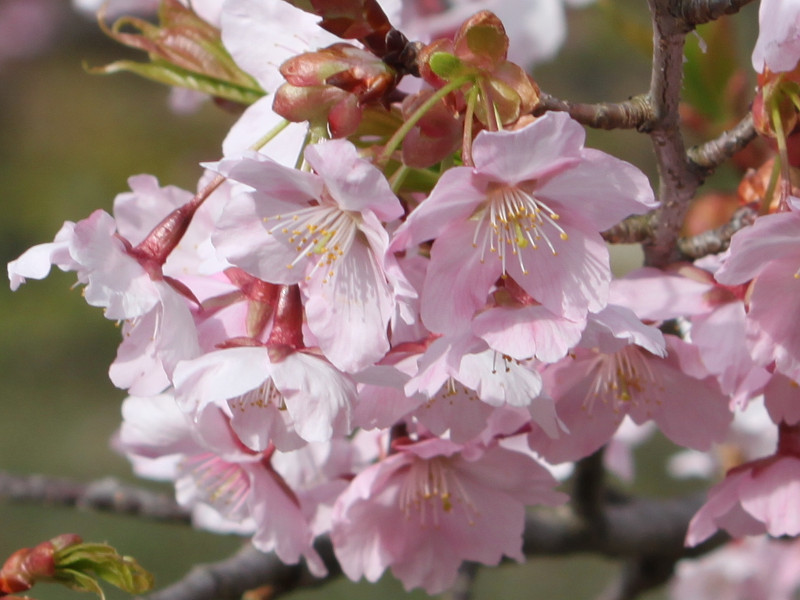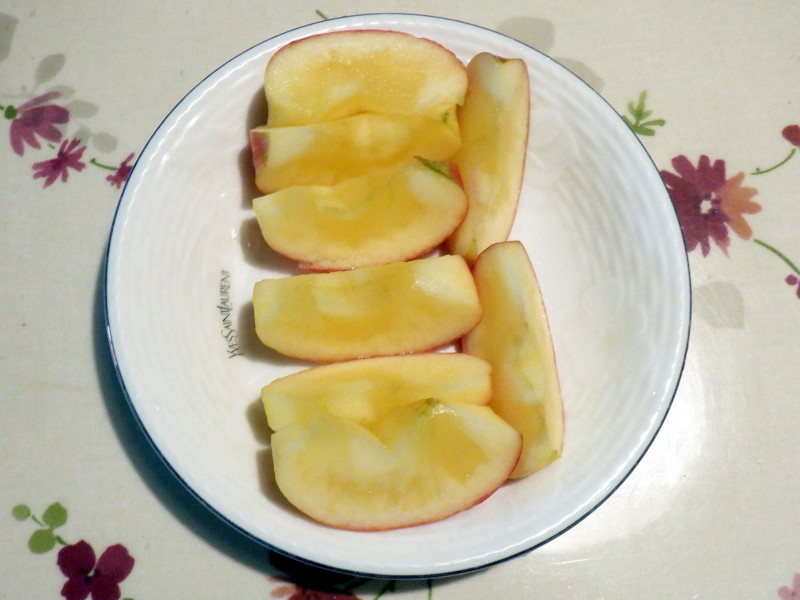Choji-zakura
- Flower nameChoji-zakura
- Scientific nameCerasus apetala var. tetsuyae
- AliasCerasus apetala, 丁字桜
- Place of originJapan
- Place of floweringLow mountains
- Flowering seasonMarch, April
What is Choji-zakura
The Choji-zakura (scientific name: Cerasus apetala var. tetsuyae) is a deciduous broad-leaved small tree native to Japan and belonging to the cherry family Rosaceae. It is one of the original species of cherry trees that grow wild in the mountains of the Pacific side of southern northeastern Honshu and Kyushu. For more information on the species, please refer to Sakura, and for a special feature on cherry trees, please refer to "Special Feature: Cherry Blossoms".
The tree is 3 to 7 m tall. 1 to 3 flowers bloom downward from the leaf axils in late March or early April, before the leaves open. The flowers are small (2 cm in diameter), white to light red, five-petaled, single-petaled, and open flat, with a conspicuous long red sepal tube. The long, red calyx tube is conspicuous. The calyx tube resembles a perfume when viewed from the side, hence the name. It is considered to have little ornamental value as a cherry tree. The Chichibu cherry (Cerasus ×chichibuensis) is a natural hybrid between C. apetala var. tetsuyae and C. edohigan.
Common name: Choji-zakuray, scientific name: Cerasus apetala var. tetsuyae, origin: Japan, habitat distribution: mountains on the Pacific side of the country, from southern Tohoku region onward. Leaf color: green to red (leaves turn red in autumn), Petiole: short, Leaf shape: oblong to ovate, Leaf length: 5 cm, Leaf margin: serrate, Phyllotaxy: alternate, Flower diameter: 2 cm, Flower color: white to light red, Flowering style: single-petaled, open to flat, Petal number: 5, Sepal tube: red with long, thin hairs, Flowering season: late March to Use: Bark is used for crafts.
